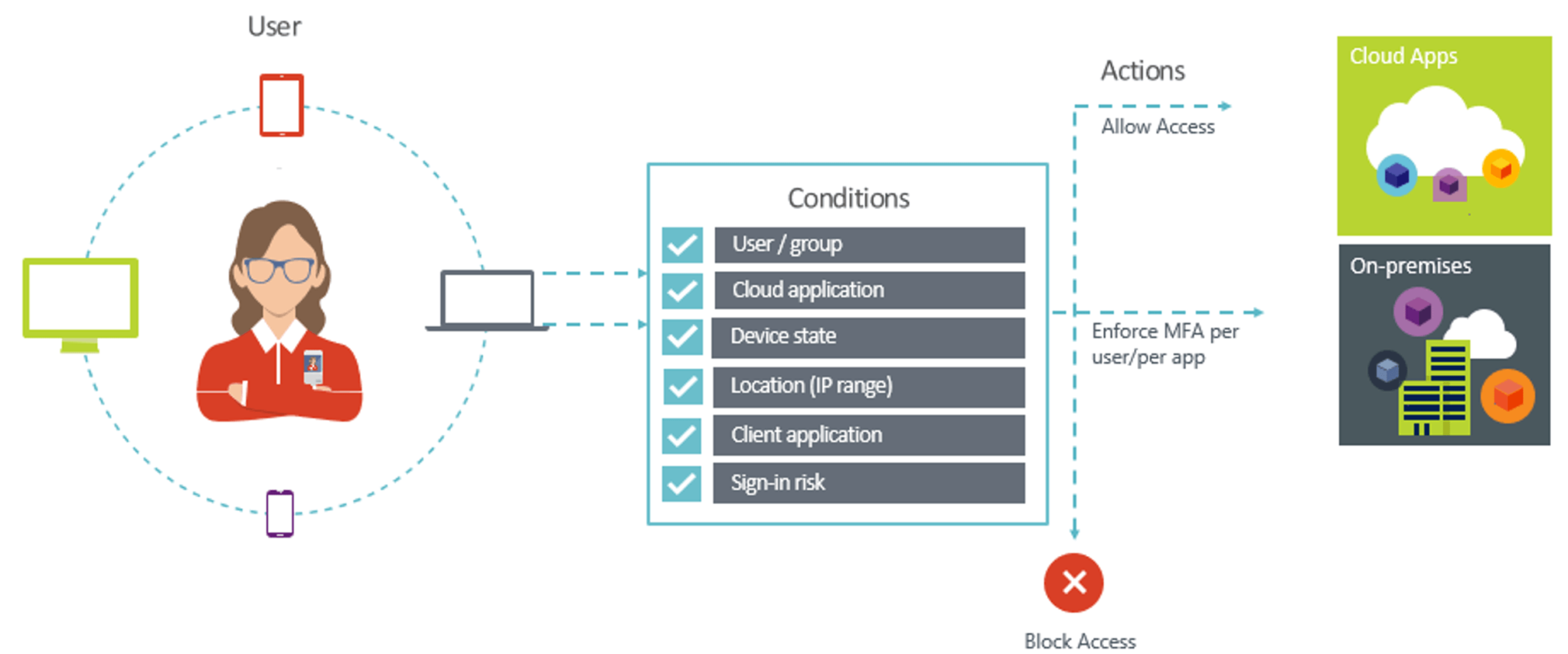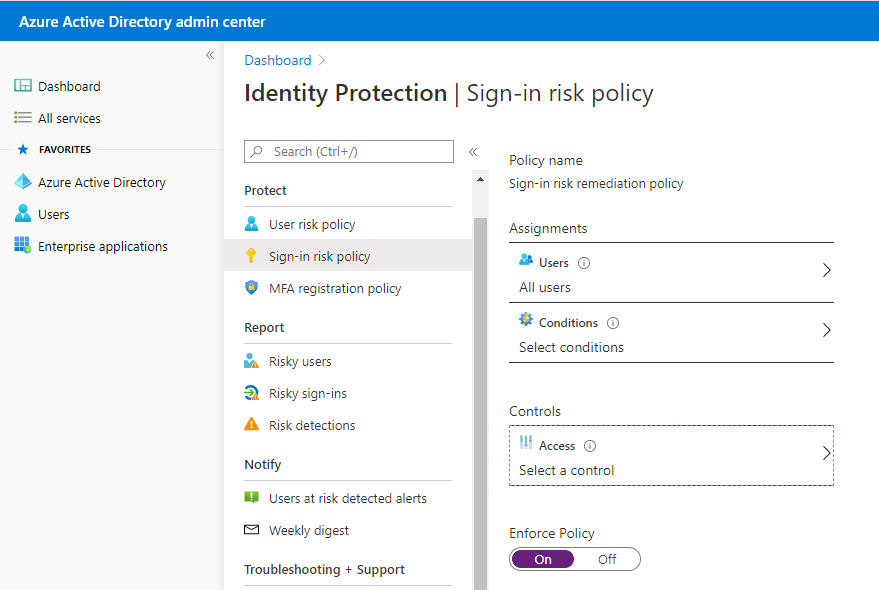
Decide what settings need to be migrated to general MFA settings from your provider and complete the migration of those settings.Īzure MFA Servers linked to providers will need to be reactivated using credentials generated under Azure portal > Azure Active Directory > Security > MFA > Server settings. Click on listed providers to see details and configurations associated with that provider.īefore removing an authentication provider, take note of any customized settings configured in your provider. Selecting Delete is a permanent process.Īuthentication providers can be found in the Azure portal > Azure Active Directory > Security > MFA > Providers. There is no confirmation when deleting an authentication provider. Also, existing Azure MFA Servers need to be reactivated using activation credentials generated through the MFA Provider.

If your MFA provider isn't linked to an Azure AD tenant, or you link the new MFA provider to a different Azure AD tenant, user settings and configuration options aren't transferred. If you purchased enough licenses to cover all users that are enabled for MFA, you can delete the MFA provider altogether.

You can't change the usage model (per enabled user or per authentication) after an MFA provider is created. This option is best if some users have licenses but you need to extend MFA to more users beyond your licensing limits. The per-user option calculates the number of accounts that are eligible to perform MFA, which is all accounts in Azure AD, and all enabled accounts in MFA Server. This option is best if some accounts authenticate only occasionally. The per-authentication option calculates the number of authentications performed against your tenant in a month. There are two types of Auth providers, and the distinction is around how your Azure subscription is charged.

After that time, calls to the SDK will fail. Note the SDK has been deprecated and will only continue to work until November 14, 2018. However, if you wish to take advantage of advanced features then you should purchase the full version of Azure AD Multi-Factor Authentication (MFA).Īn Azure AD Multi-Factor Auth Provider is used to take advantage of features provided by Azure AD Multi-Factor Authentication for users who do not have licenses. Two-step verification is available by default for Global Administrators who have Azure Active Directory, and Microsoft 365 users. Multi-factor authentication will continue to be available as a feature in Azure AD Premium licenses.

Existing auth providers may continue to be used and updated, but migration is no longer possible. Effective September 1st, 2018 new auth providers may no longer be created.


 0 kommentar(er)
0 kommentar(er)
